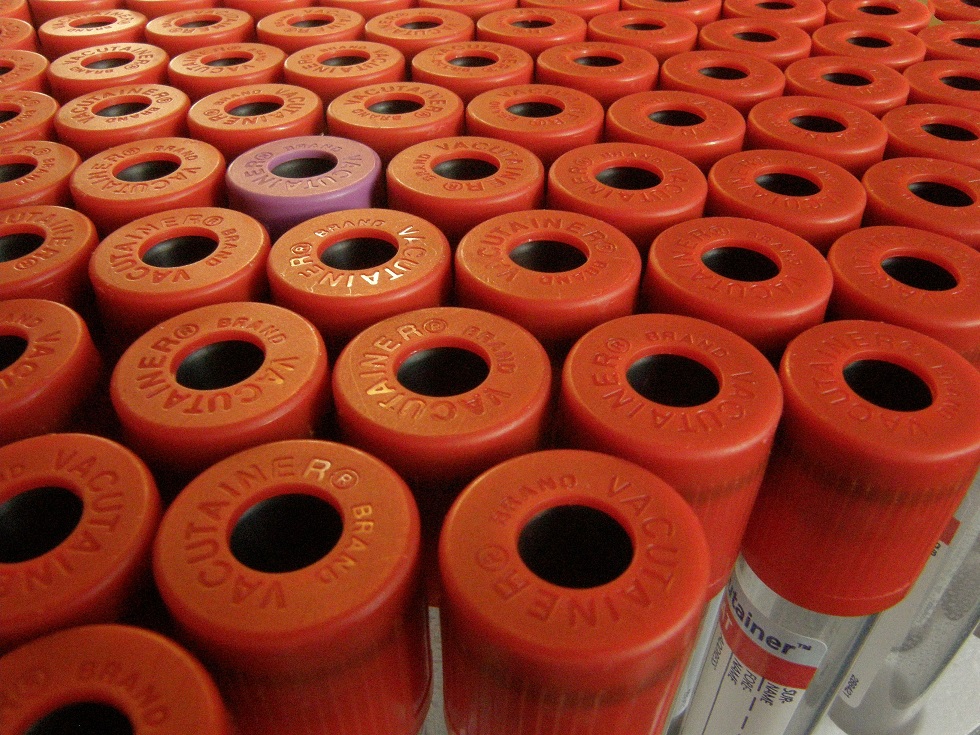Species: All
Specimen: Plasma or serum
Container: EDTA, heparin or red top tube
Collection protocol: Fasted sample preferred.
Special handling/shipping requirements: Standard
General information about the disease:
Cholestasis/biliary disease (especially intrahepatic), colostrum ingestion.
General information about when this test is indicated:
Membrane bound glycoprotein associated with bile ducts/canaliculi. Serum increases associated with intrahepatic bile duct obstruction and biliary disease (e.g. sporidesmin toxicity in ruminants). Glucocorticoids stimulate production in dogs, similar to ALP, but anticonvulsants such as phenobarbital have only mild effects. Produced abundantly by mammary gland with high levels in colostrum (not in the horse). Neonates of most species (not cats) have high serum levels. This test has been used to assess adequacy of colostral transfer in some species (e.g. in calves it has been suggested that levels should be >780 U/L at 1 day, >520 U/L at 3 days, >169 U/L at 5-10 days and >85 U/L at 10-15 days)
Major differentials include cholestasis, biliary disease, colostrum ingestion, endocrine.
Comparison with other related tests:
More useful than ALP for detecting cholestasis in large animals (horses, ruminants) due to narrower reference intervals.

